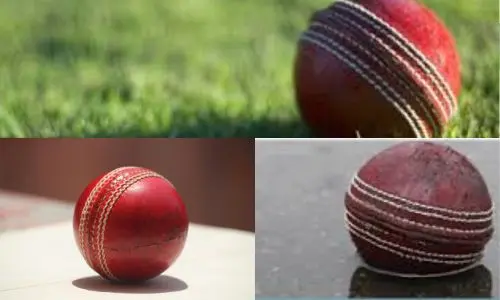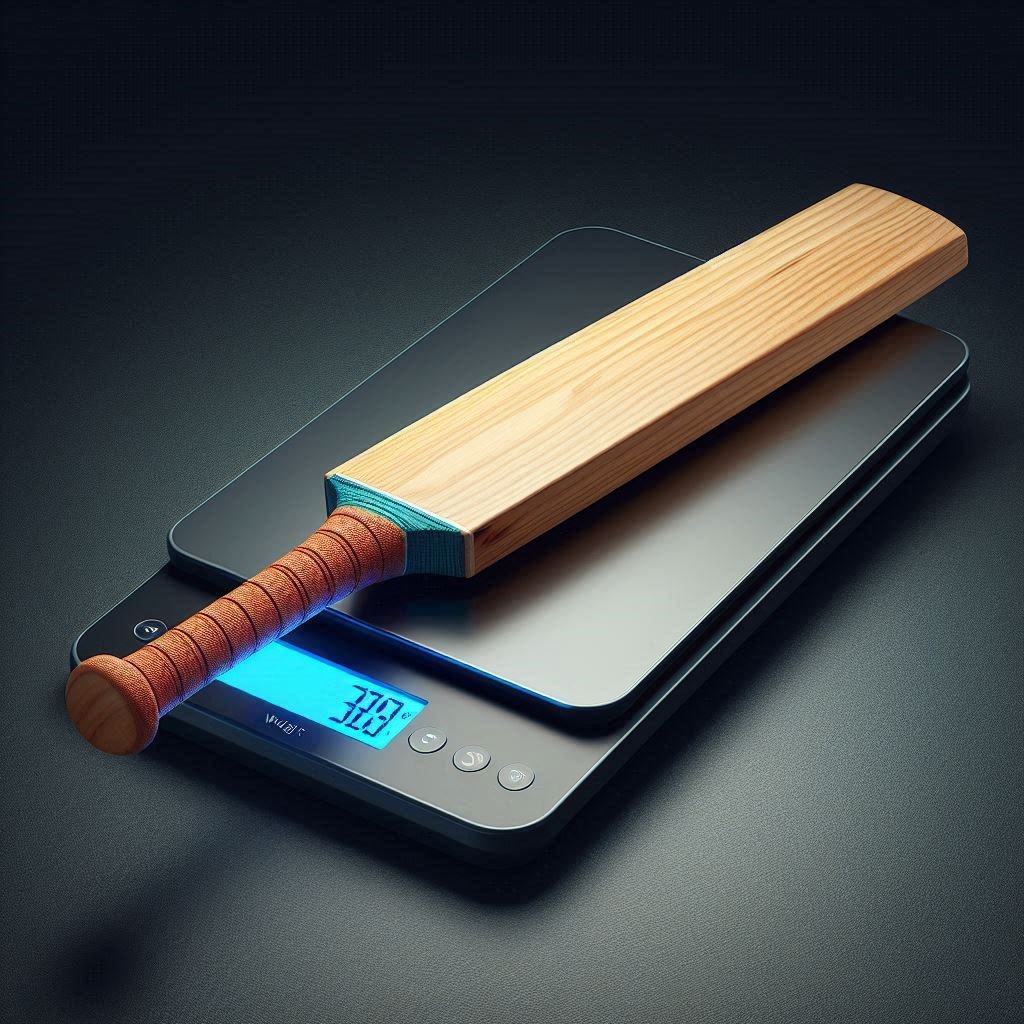Weight Of a Cricket Ball
Published: 25 Sep 2024
The standard weight of a cricket ball used in professional matches ranges between 155.9 grams (5.5 ounces) and 163 grams (5.75 ounces). This weight is mandated by the International Cricket Council (ICC) for international matches and is consistent across all game formats.

Let’s dive deeper into the fascinating world of cricket balls and explore why their weight is so crucial to the sport.
Variations of ball weight in different formats
While the official weight range remains constant, there are minute differences in how balls are used across different cricket formats.
Test cricket: Red balls are used in the longest format of the game. These tend to be on the heavier side of the allowed range to maintain their shape and condition over the course of five days of play.
One day internationals (ODIs) and T20s: White balls are used in these shorter formats. They’re often slightly lighter within the allowed range to facilitate faster play and higher scoring rates. Two balls are used in ODI and T20s one for each innings.
Women’s cricket: The balls used in women’s cricket are slightly smaller in size but fall within the same weight range as those used in men’s cricket.
Junior cricket: For younger players, lighter balls are used to help develop skills without risking injury. These typically weigh between 133 and 151 grams (4.69 to 5.32 ounces).
| The Impacts of conditions on ball weight and the game |
|---|
|
The weight of the cricket ball interacts with various playing conditions to create different challenges and opportunities: 
Maintaining the Ball’s Weight and Condition Throughout a match, teams work hard to maintain the ball’s condition, which can affect its weight and performance:
|
The importance of a cricket ball’s weight
The weight of a cricket ball is not just a random number; it’s a carefully determined specification that significantly impacts the game. Here’s why it matters:
- Game balance : The specified weight range helps maintain a balance between batting and bowling sides , ensuring that neither has an unfair advantage due to the ball’s characteristics.
- Bowling performance : The weight of the ball directly affects how fast and accurately a bowler can deliver it. A heavier ball requires more strength and skill to bowl at high speeds, while a lighter ball might be easier to control but could lack the desired impact when it reaches the batsman.
- Batting dynamics for batsmen : The weight of the ball influences how they time their shots. A heavier ball carries more momentum, which can be an advantage for powerful hitters but challenging for those who rely on finesse and timing.
- Fielding and catching : Fielders need to be prepared for the weight of the ball when catching or throwing. The standardized weight ensures that players can develop consistent techniques for handling the ball in various game situations.
The anatomy of a cricket ball
- Core : The center of the ball is made of cork, it provides the basic shape to the ball.
- Layers : Around the cork core, layers of tightly wound string or yarn are added to achieve the bounce characteristics.
- Outer Cover : The ball is then covered with four pieces of glazed leather, typically dyed red for Test matches and white for limited-overs games.
- Seam : The raised seam where the leather pieces meet is crucial for bowlers to grip the ball and generate movement in the air or off the pitch.
This construction results in a ball that’s not only the right weight but also has the necessary durability to bear up against the impacts of the game.
The Science Behind the Weight The specific weight range of a cricket ball isn’t by chance. It’s the result of years of refinement to achieve optimal performance:
- Aerodynamics: The weight contributes to the ball’s ability to swing in the air, a crucial aspect of bowling strategy.
- Momentum: The weight ensures that the ball carries enough energy to reach the boundary when hit with force.
- Durability: The weight range allows for a construction that can withstand the impacts of batting while maintaining its shape.
Innovations and Future Trends: While the traditional cricket ball has remained largely unchanged for decades, there are ongoing innovations:
- Pink Balls: Used in day-night Test matches, these balls are designed to be visible under both natural and artificial light while maintaining the weight and performance characteristics of red balls.
Does a cricket ball have a chip inside?
Smart Cricket Balls
Some companies are developing cricket balls with embedded sensors to provide real-time data on speed, spin, and trajectory.
Final thoughts
The weight of a cricket ball is a crucial factor in the sport of cricket. It affects every aspect of the game, from bowling and batting to fielding and overall strategy.
This carefully specified weight range ensures that the game remains fair, challenging, and exciting for players and spectators alike. Next time you watch a match or hold a cricket ball, remember that its weight is the result of centuries of tradition, science, and the pursuit of cricketing perfection.





